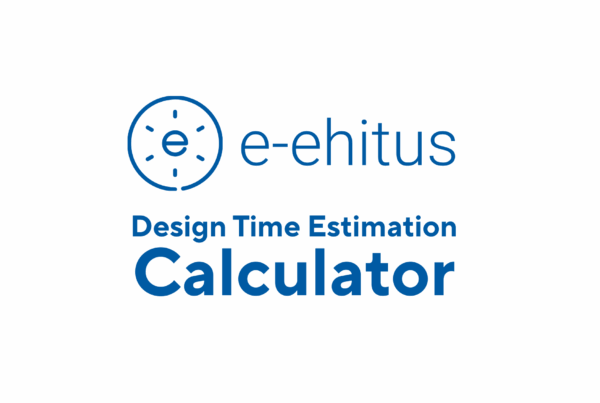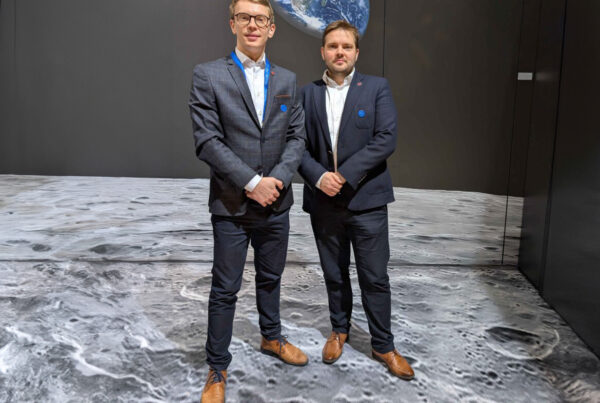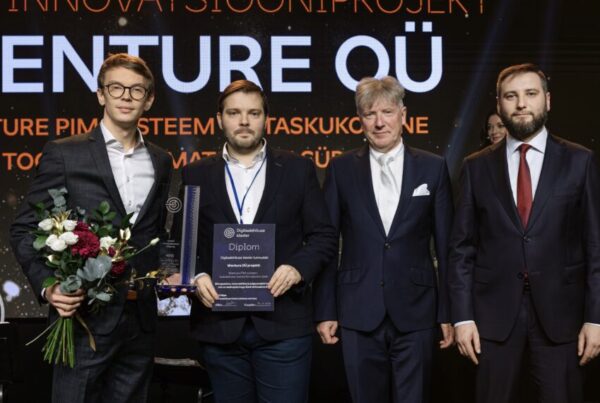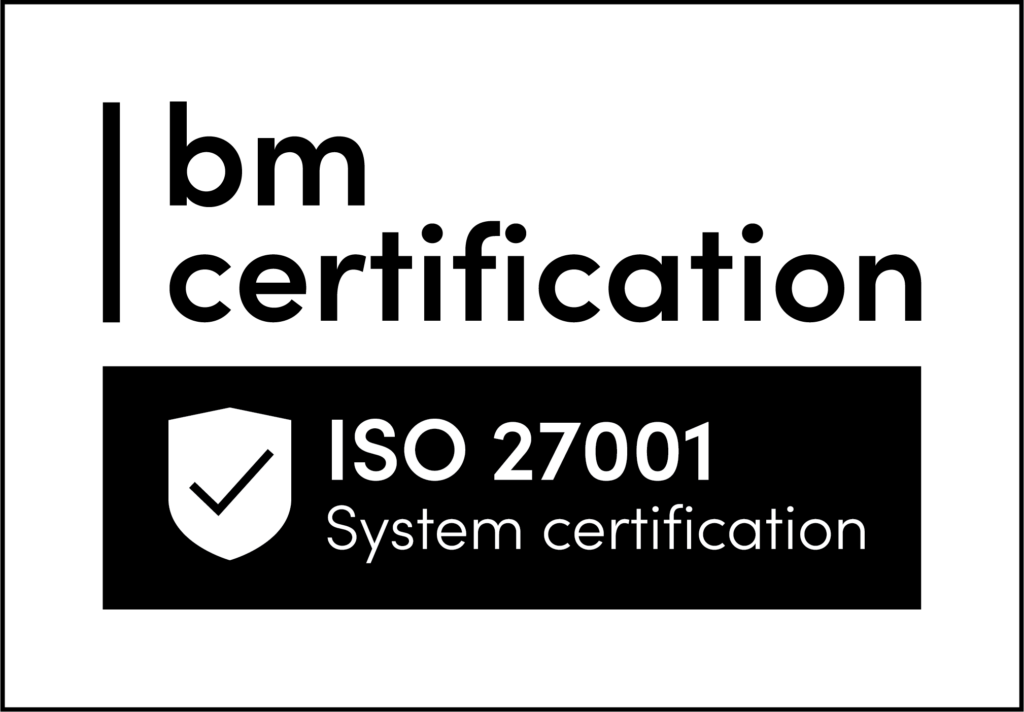- With VR glasses, you can walk around a building that is still in the planning phase
- The VR project is built on BIM models
- We explain how to order a VR model for yourself
If you have previously thought of VR glasses as a toy for young people, then think again. VR glasses have found a new user group in the construction sector, as the tool is valued by construction clients, architects and customers.
In the article, we will talk about how and why VR glasses are used in the construction sector.
With VR in construction, you avoid buying “a pig in a poke”
Who wouldn’t want to see a finished custom job before it even starts? While shopping in a store, we can touch all the products on the spot, but we only see buildings obtained on a custom order when they are finally completed.
This is now changing because VR takes the architect, client and future customer to the finished building already in the planning phase. Special VR glasses must be put on for the user to step into a new virtual reality. In addition, VR glasses have controllers that guide movement in the alternative world, for example, you can press a door handle or select a new wall color from the menu.
In traditional construction, a person had to use their imagination to imagine 2D drawings as finished products, but VR eliminates this vague component and replaces fantasy with observable facts.
1:1 scale opens up new doors in construction
Today, it is understood that the more realistic the model, the easier it is to find errors. If the 3D model was a big leap forward from 2D, then VR is at least as big a leap to the next level, as the model adds real size and mobility. Now all parties can take a virtual tour of the building that is still in the planning phase and identify areas that need improvement.
VR provides exceptional spatial awareness to identify errors. For example, the 3D software company MinDesk found that designers can detect 80% of errors made in immersive environments that are typically overlooked.
Builders use VR to walk around the building in the model during construction. The builder has a special advantage in that the planned building structures or piping are visible to the naked eye before the start of construction. This makes it easier to detect possible errors and significantly cheaper to solve them. It is known that correcting errors that have already been made can cost about 5% of the total project cost.
VR glasses are also used as simulators where you can test dangerous situations and reduce real-life risks. Similarly to pilots who practice landings and takeoffs in simulators, VR glasses are used, for example, to operate cranes in difficult conditions. Such a list of VR training is long and is increasingly penetrating everyday life in the construction sector.
Finally, imagine being able to show building plans to your clients in the same proportions as real life. Architects and designers are more used to orienting themselves in 2D drawings, but VR gives clients and end-users a real wow effect. A buyer of an unbuilt apartment can see exactly how big and high the permitted windows are and can see which wall color looks best with the light coming in from the windows.
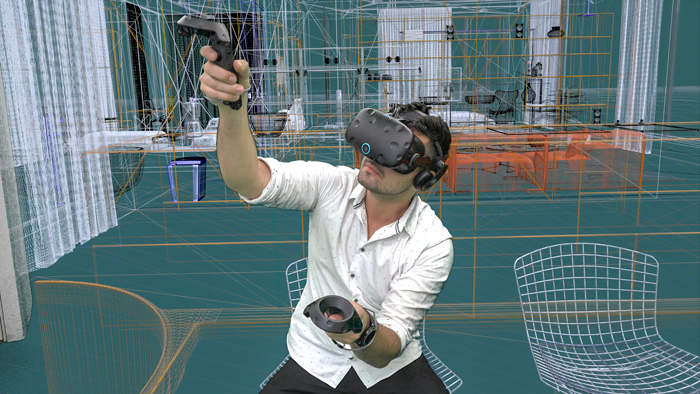
But how does a construction project make its way into VR glasses?
If you want to order a VR version of your construction project, you should start by asking what already exists. The prerequisite for creating a VR construction project is a BIM model of the project, which provides an initial 3D digital model of the building. If BIM models of the project have already been made, all that is needed is to order the adaptation of the model to the VR platform.
In this case, the BIM model is exported to a platform such as Unity, Unreal Engine, or ACCA, where the model is optimized for the interactive VR environment. The client then needs VR glasses to test the model themselves.
The Wenture team helps to choose the right VR software, convey information to the VR model through some interface, set up a VR-based workflow, and make the necessary developments.

